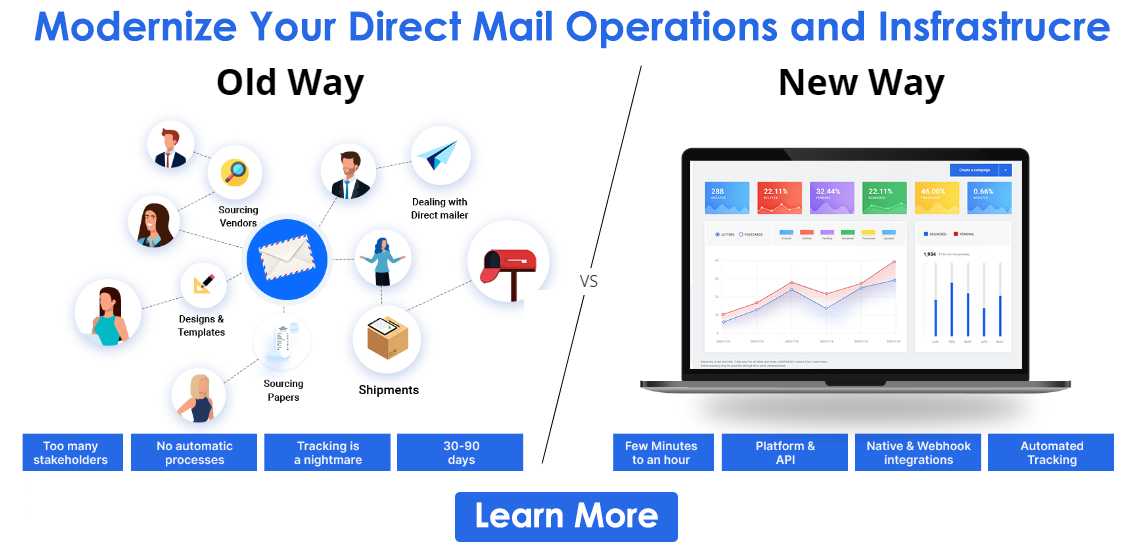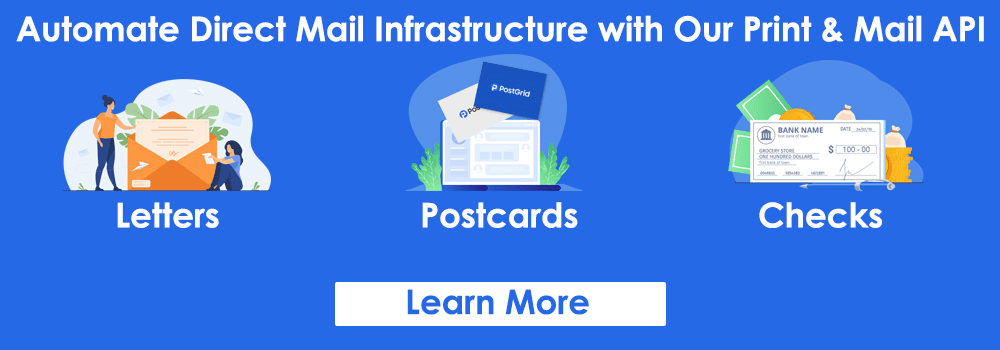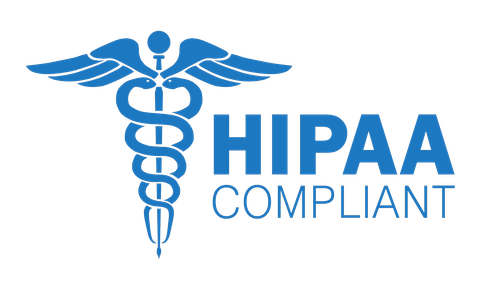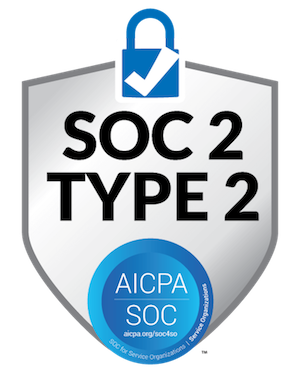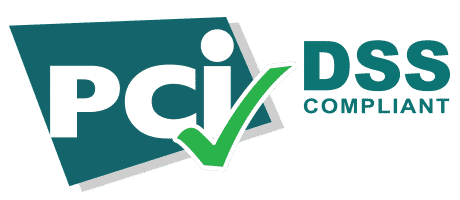
Electronic Check Signature: Benefits, Myths, and Best Practices for Implementation
Companies are turning to less time-consuming and risky ways of authorizing digital payments. Amongst these innovations, there is the electronic check signature, which modernizes echeck payment. This blog will take you through its definition, functionality, benefits, and how it helps in preventing fraud. You will also learn some of the best practices to deploy them securely.
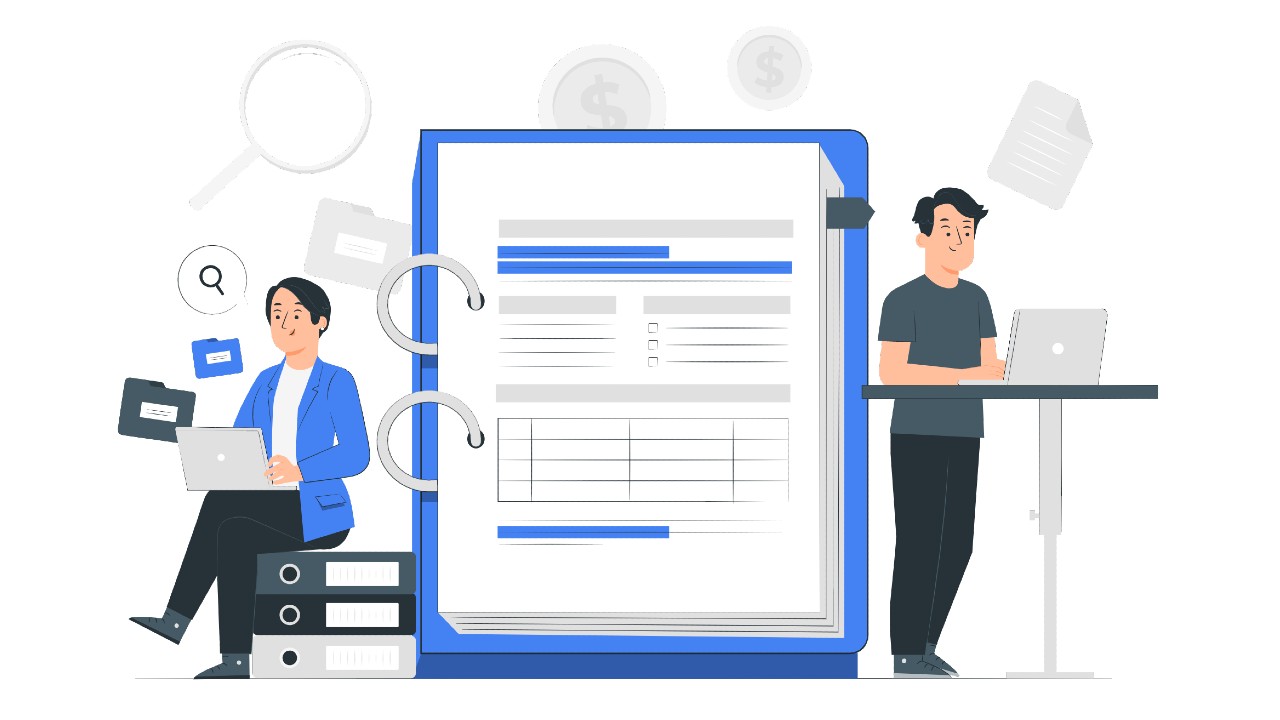
Key Takeaways
- Electronic check signatures speed up echeck issuance and eliminate bottlenecks and costs associated with printing, scanning, physically signing, and mailing them.
- Whether you are a small business or a large enterprise, you can perform a check sign online and mail it using a platform like PostGrid Check API.
- Features like tamper-evident signatures and metadata logging help prevent unauthorized access and forgery.
- To maintain a secure financial workflow, you can enforce Role-Based Access Control (RBAC), IP whitelisting, and signature expiration policies.
What Is an Electronic Check Signature?
It is a recognized method for authorizing digital payments made via echeck. You can either type your name, add a scanned image, or embed a system-generated signature. This method has now become a standard part of echeck verification in modern financial systems.
How Does It Work?
- The signer logs in to a secure check-making platform
- They review the document and approve it by adding an electronic signature to the echeck.
- The solution logs every action as metadata. This creates an audit trail that you can use for compliance, reporting, and dispute resolution. Whether you’re managing a few payouts or thousands, it makes check signing online easy, secure, and traceable.
What Are the Key Benefits of Using Electronic Check Signatures?
Enhanced Compliance With Financial Regulations
Electronic check signatures comply with a wide range of financial and legal regulations. These include the U.S. Electronic Fund Transfer Act (EFTA), the Uniform Electronic Transactions Act (UETA), the Electronic Signatures in Global and National Commerce (ESIGN) Act, and the NACHA Operating Rules for ACH payments. They help businesses remain compliant during audits or disputes by providing detailed records of consent.
Increased Convenience and Accessibility
Payers can authorize an echeck by adding an electronic signature from any device with internet access, including smartphones, tablets, and computers. There’s no need to visit a bank, mail a check, or physically sign anything. This makes it ideal for remote workers, online clients, or customers in different time zones. The ability to add an electronic check signature at any time enhances the user experience. It removes the time and location constraints typically associated with manual handling of paper checks.
Digital Audit Trail and Legal Proof
Electronic check signatures generate a digital audit trail that can serve as legal proof in case of disputes or chargebacks. Every signature is time-stamped and associated with supporting information, including IP address, email address, and device identification. These digital records can be stored securely and retrieved when needed, providing transparency and traceability.
What Role Do Electronic Check Signatures Play in Preventing Fraud in Digital Transactions?
Identity Verification
Echeck printing and mailing solutions that demand electronic signatures often require Multi-Factor Authentication (MFA) and login credentials. This prevents unauthorized people from making financial transactions.
Tamper-Evident Technology
Once an echeck is signed electronically, any attempts to alter its content will trigger a verification failure or invalidate the signature. This detection will prevent fraudsters from committing forgery even if they gain access to the account.
Sensitive Information is Encrypted
Once a payment is approved using an electronic check signature, the signature and other banking information (such as account and routing numbers) are encrypted to protect them. This protects the data during transit between the user and the bank or payment processing authority. It leaves no room for interception or tampering by cybercriminals.
What Are the Common Myths About Electronic Check Signatures That Are Not True?
They Are Not Legally Valid
In the United States, they are legally binding under the ESIGN Act (2000) and the Uniform Electronic Transactions Act. These laws state that the electronic check signature carries the same weight as a handwritten one, as long as the involved parties consent to it and there is a proper authentication system in place. Many businesses, banks, and even courts accept them as valid instruments for financial transactions. Additionally, when implemented with fraud prevention techniques, they meet audit requirements in regulated industries such as finance, healthcare, and insurance.
They Are Not Accepted Internationally
They are accepted in over 100 jurisdictions globally, including the US, Canada, the European Union, and many APAC countries. The only requirement is that the system demanding the signature on the check must comply with the country’s legal norms and offer a secure method of verification.
They Are Only Useful for High-Volume Check Demands
As long as your business’s goal is to save time and reduce errors, you can leverage electronic check signatures. Small- and medium-scale companies, such as startups, consultants, and local businesses, often rely on batch payments. They can use these signatures to simplify the process, especially when echecks have to be approved remotely or on short notice. With platforms like our Check API, even low-volume users can generate secure, compliant echecks without needing a physical checkbook or signature stamps.
What Are the Best Practices for Applying Electronic Check Signatures?
Use RBAC
Allow only certain people to sign the echeck. You must select them based on their role in the organization. For example, only CFOs should have the authority to sign echecks beyond a certain amount. This adds a layer of control, preventing unauthorized approvals and internal fraud.
Set Signature Expiration Policies
Implement such signatures that expire after a certain duration, or allow authorized team members to revoke them manually. You can base the expiration on a specific date, the echeck’s status, or a change in the signer’s authorization. This granular control will prevent outdated payments from getting processed.
Enable MFA for Signers
There is a sharp rise in the number of phishing attacks, malware, and social engineering attacks due to compromised credentials. This is why you must enforce MFA. After the signer logs in with their credentials, ask them to enter the code sent via email or SMS. It will act as a second line of defense, even when fraudsters steal your credentials. According to a study by Microsoft, MFA reduces the risk of compromise by 99.22%.
Use IP Whitelisting or Geo-Restrictions for High-Risk Echecks
The flexibility of applying an electronic check signature from anywhere makes it vulnerable to security risks. By enforcing IP whitelisting, you can ensure that only users who are using pre-approved networks or devices can use an echeck signing system. You can further add a layer of security by implementing geo-restriction. This will block or flag any access attempts from areas outside approved regions.
PostGrid Check API: Smart Choice for Applying Secure Electronic Check Signatures
With our Check API solution, you can embed an electronic signature directly into each echeck file. It is stored securely, and the data is encrypted end-to-end during transit and at rest. You can also enforce granular user control to safeguard the financial process. It allows you to modernize check-based payment without sacrificing control. To know more about it, talk to our sales team now.
FAQs
How Are Electronic Check Signatures Different From Traditional Handwritten Signatures?
Handwritten checks involve physically signing a check with a pen. Authorities authenticate them by comparing them with a known sample of the person’s signature. A fraudster can easily replicate the signature. Unless you use advanced forensic tools, you cannot determine the forgery.
Electronic check signatures are created digitally, either by scanning an image or typing the name. They are delivered digitally and securely printed and mailed. This reduces the risk associated with handwritten signatures. Moreover, they generate timestamps, IP logs, and user activity records and create a full audit trail. You get no such traceability with a check signed by hand.
How Long Is an Electronic Check Signature Considered Valid in the U.S.?
An electronic signature is valid as long as it meets the requirements of the ESIGN Act and the UETA. There is no expiration date. However, they must showcase the intent to sign and have permission to conduct business. They must also include options for opting out, printing signed copies, and keeping records of future use.
How to Add Electronic Check Signatures Using the PostGrid Check API?
Using our solution, you can add signatures when setting up a bank account for transferring funds. All you need to do is upload a scanned image of the signature or add text. If it is going to be a lengthy signature, we recommend uploading a picture instead of writing it out.


